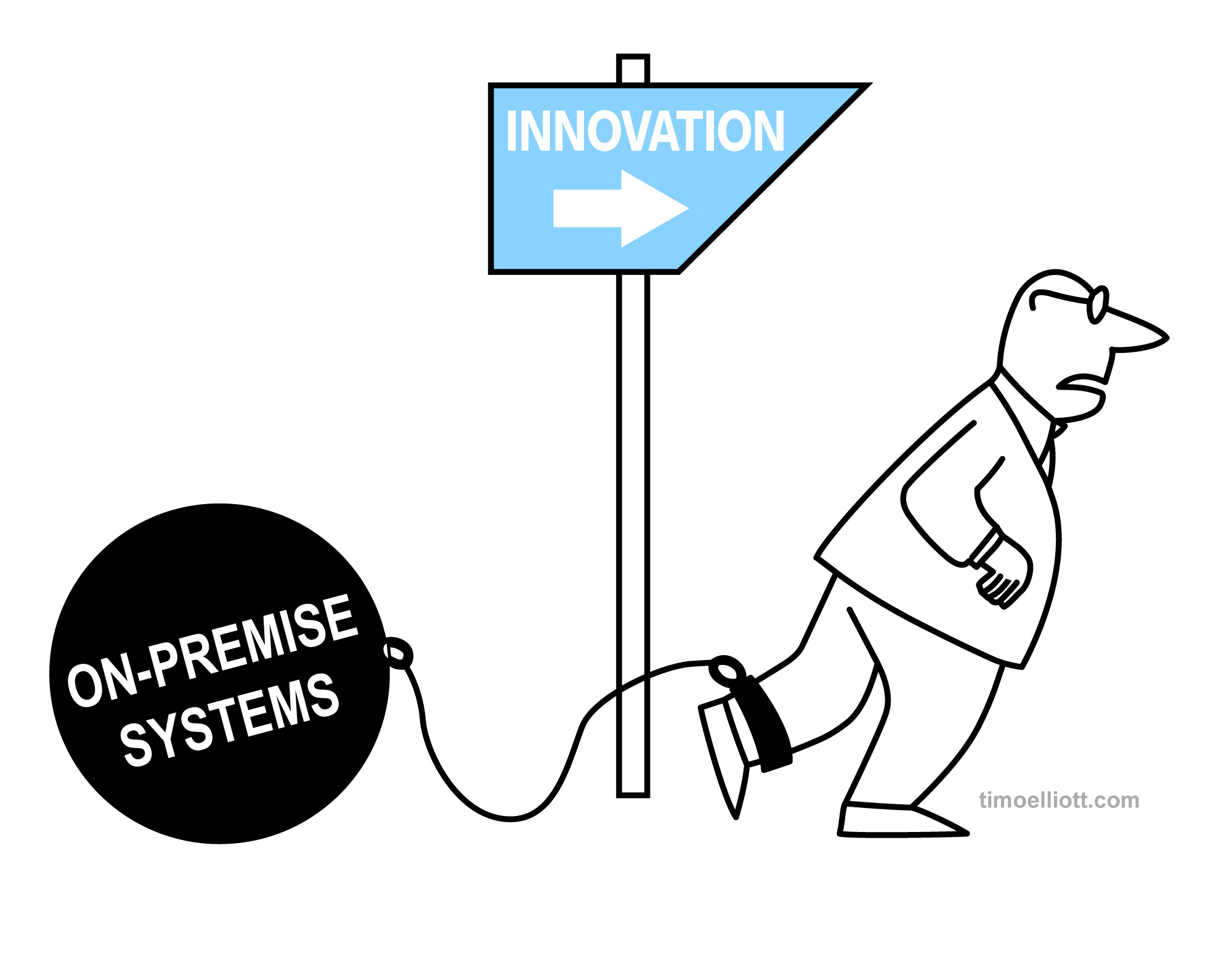My strongly-held opinion: technology ROI cases based exclusively on the “hard numbers” are dangerously inadequate works of fiction.

I was at the Swedish SAP User Group event (SAPSA Impuls Stockholm) this week. There was a great presentation by Mölnlycke Health Care on “Building the Business Case for RISE” by Mikael Björk – Global Director IT, and he explained that they had an impressive payback period of just 3½ years.
But one thing I consistently find frustrating: the ROI calculations were done only on hard IT savings—in this case the benefits of turning off the older systems, and different licensing, because the other potential benefits were considered too “soft” or hard to calculate.
But what about the less tangible benefits—the agility, the faster time-to-value, the improved employee and customer experience? Ignoring these benefits of the new platform vastly underestimates the *real* ROI. Every time I ask CIOs what the business reaction would be if they had to go back to the old ways of working, they laugh and admit that would be utterly unthinkable.
Dismissing the “soft” benefits isn’t just a blind spot; it’s a fundamental misunderstanding of technology’s role in modern business. Technology isn’t just a cost center; it’s a value enabler. It’s about what you can do faster, better, and at scale—things that don’t fit neatly into a spreadsheet but define success in today’s competitive environment.
When CIOs laugh at the thought of reverting to old systems, they’re acknowledging a truth that ROI spreadsheets ignore: the intangible value of modern platforms is indispensable. It’s time to evolve our business cases to reflect the full spectrum of technology’s impact, combining the quantifiable with the qualitative to paint a truly holistic picture of ROI.
Do you agree? What am I missing when so many organizations say they “don’t see the ROI” of projects such as RISE with SAP?

Comments
One response to “ROI based on “hard numbers” ignores some hard truths”
[…] isso está ligado ao postagem anterior sobre cálculos de ROI: só porque é difícil calcular o valor de não ser atropelado, não significa que o valor não […]